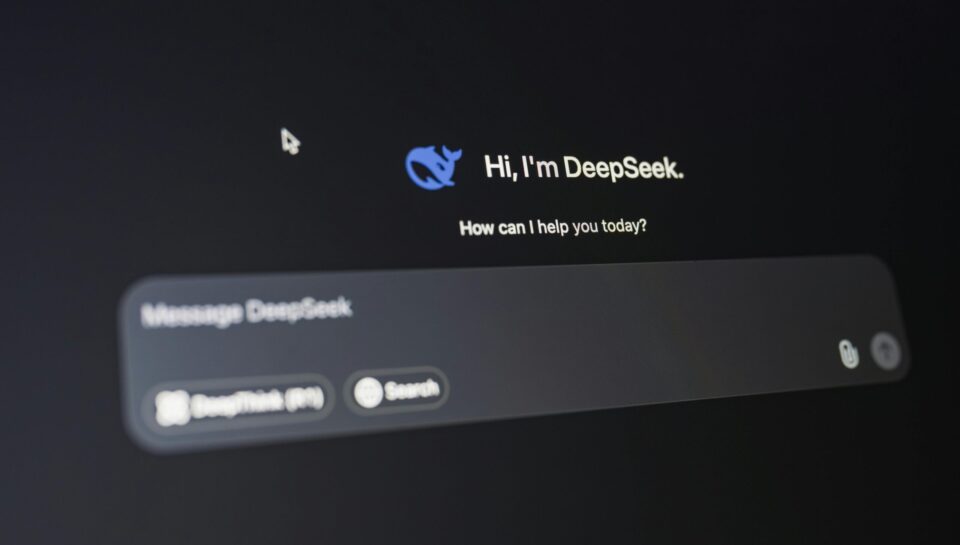
Article 2: Inside the Agent Loop — How AI Systems Observe, Think, and Act
If Article 1 introduced the what of AI agents,
this one is about the how.
We’re cracking open the agent reasoning cycle — the loop that lets AI systems turn human intent into autonomous action.
This loop is the secret behind tools like LangChain, AutoGPT, and ChatGPT’s custom GPTs — and you can recreate it in your own projects.
⚙️ The Agent Loop — The Brainstem of AI Autonomy
Every intelligent agent operates on the same principle:
Observe → Think → Act → Learn
Let’s break that into components you can implement.
| Stage | Function | Example in Action |
|---|---|---|
| Observe | Capture context and environment data | Read a user’s task, query, or file |
| Think | Interpret goal, plan next steps | Use a reasoning prompt to plan tasks |
| Act | Execute via tools or APIs | Fetch data, send an email, update Notion |
| Learn | Retain memory or adjust behavior | Log results, fine-tune, or self-correct |
This isn’t theory — this is your agent’s event loop.
And the secret to reliable AI automation is how you structure prompts across these four layers.
🧠 1. Observation — Teaching the Agent What to Notice
Observation is about data awareness.
Your agent can’t reason well if it doesn’t “see” the right things.
Practical Tip:
When designing your system prompt, be explicit about what data the agent should pay attention to.
For example:
You are a customer support AI.
Observe incoming chat logs, ticket history, and CRM notes.
Prioritize messages containing frustration or urgency indicators.
You’re giving the model a focus lens — a context filter.
This massively improves reasoning efficiency and accuracy.
Pro Tip:
In real-world systems, observation often comes from connected APIs or vector databases.
Use context retrieval (RAG) to inject relevant data into the agent’s “field of view.”
🔄 2. Thinking — The Heart of Reasoning
This is where your AI agent plans its next move.
Modern reasoning frameworks extend this step beyond simple prompt responses.
🧩 ReAct Framework (Reason + Act)
The ReAct pattern forces the model to reason before acting:
Thought: I should check the user’s latest order.
Action: fetch_order_data(order_id=2345)
Observation: The order is delayed.
Thought: I should apologize and explain the delay.
Action: send_message("Apology with reason and solution")
The prompt explicitly trains the model to interleave thought → action → observation cycles.
Why It Works:
It builds interpretability — you can trace exactly why the model made each move.
🪜 Chain-of-Thought (CoT)
Use this for single-task reasoning:
Let's solve this step by step.
This small instruction unlocks multi-hop reasoning and internal planning — especially useful in summarization, math, or classification tasks.
🌳 Tree-of-Thought (ToT)
An advanced version — the model explores multiple reasoning paths, compares outcomes, and selects the best one.
Use this when decision quality matters (e.g., strategy planning, research synthesis).
⚙️ 3. Action — Turning Thought into Execution
Reasoning means nothing without tools.
In modern agent frameworks, “acting” means calling APIs, functions, or external tools.
🧩 Example (OpenAI Function Calling)
functions = [{
"name": "fetch_weather",
"parameters": {"location": "string"}
}]
prompt = "User: Should I carry an umbrella to Mumbai tomorrow?"
The agent decides:
Thought: To answer, I need the weather data.
Action: fetch_weather(location="Mumbai")
This blend of reasoning + tool use is how modern AI agents connect cognition to code.
Recommended frameworks:
- 🧱 LangChain Tools (Python/JS)
- ⚙️ CrewAI Orchestrators (multi-agent coordination)
- 🧩 OpenAI Function Calling / Tools API
🧠 4. Learning — Building Memory and Feedback
Every good agent learns.
Without feedback, it just repeats behavior blindly.
You can implement lightweight learning in 3 layers:
| Memory Type | Implementation | Example |
|---|---|---|
| Short-term | In-memory context window | Track recent actions or user inputs |
| Long-term | Vector DB (e.g., FAISS, Pinecone) | Remember past interactions |
| Reflective | Prompt-level feedback loop | “Was this output accurate? How can it improve?” |
Example Prompt for Reflection:
Reflect on your last task.
Did your action meet the goal?
If not, describe the mistake and how to fix it.
This meta-reasoning prompt is the seed of self-improving agents.
🧩 Hands-on Example — Building a Reasoning Agent Loop
Let’s code a simplified loop (pseudo-code style):
while True:
user_input = get_input()
context = retrieve_context(user_input)
# Reason
reasoning_prompt = f"""
You are an AI operations agent.
Task: {user_input}
Context: {context}
Think step-by-step. Plan actions before execution.
"""
plan = llm.generate(reasoning_prompt)
# Act
execute(plan)
# Learn
log_feedback(plan, results)
This basic structure can scale into production-grade agents when integrated with tools, logs, and memory.
⚙️ Debugging Reasoning — How to Trust Your Agent
To make agents reliable:
- Log all reasoning steps (Thought, Action, Observation)
- Simulate edge cases before deployment
- Add a safety layer:
Never perform irreversible actions (deletions, payments) without explicit confirmation.
You’re essentially building an explainable cognitive system — where each decision is traceable.
📚 Further Reading and Frameworks
- 📘 Prompt Engineering for LLMs — Berryman & Ziegler, O’Reilly (2024)
- 📗 AI: A Modern Approach — Russell & Norvig (Agent Theory, 4th Ed.)
- 📄 Google Cloud Prompt Engineering Whitepaper (2023)
- 🔗 LangChain Docs: python.langchain.com
- 🔗 CrewAI Framework: Multi-agent collaboration tools
- 🔗 OpenAI Function Calling Docs: platform.openai.com/docs
These aren’t references for reading — they’re your technical foundation for building reasoning-capable systems.
🔍 Key Takeaway
Every AI agent you build runs through the same rhythm: observe → reason → act → learn.
Once you understand how to engineer that loop with prompts, APIs, and memory, you can automate not just workflows — but decisions.
🔜 Next Article → “Designing Multi-Agent Systems — Collaboration, Delegation, and Memory Sharing”
We’ll explore how to connect multiple agents that can communicate, coordinate tasks, and share memory —
the foundation for building full-scale AI ecosystems inside your organization.













